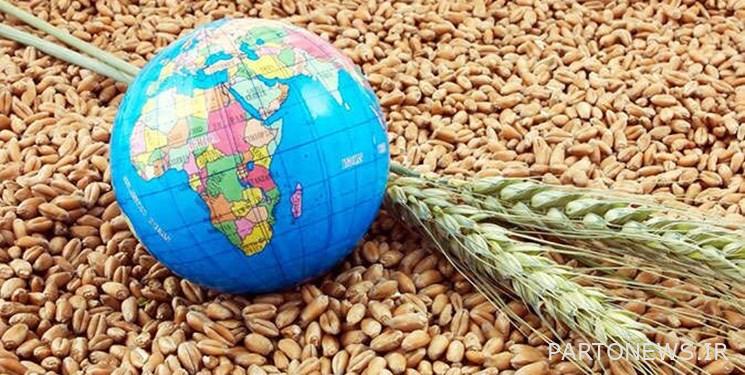How to increase the food security factor with rainfed lands

According to the economic reporter of Fars News Agency, according to the statistics of the Ministry of Jihad and Agriculture, about 89% of the country’s total 16.5 million hectares of agricultural land is devoted to agricultural land. 59% of the total area of arable land is allocated to irrigated cultivation and 41% to rainfed cultivation. Also, nearly 76% of the total land under irrigated and rainfed cultivation and 24% of it is fallow. According to these statistics, the provinces of Kurdistan with about 679 thousand hectares, East Azarbaijan with about 642 thousand hectares and Kermanshah with about 569 thousand hectares account for the largest area of rainfed agriculture, with 66.5% of wheat, 18.5% of barley, 9% of chickpeas and About 2.5% share is lentils.
According to these statistics, cereals and legumes account for the major part of the country’s rainfed cultivation, and about 3.5 million tons of wheat, more than 900 thousand tons of barley and nearly 200 thousand tons of chickpeas are produced annually.
With all these interpretations, although in our country the area of rainfed cultivation is 41% and irrigated cultivation is 59%, but 93% of our products are obtained from irrigated cultivation; In other words, 41% of the agricultural land, which is rainfed, provides only 7% of the country’s products.
Considering the challenges facing Iran’s agriculture, especially the challenges of agricultural water supply, special attention to improving production efficiency in rainfed crops becomes more important.
According to the report of the International Research Institute of Rainfed Agricultural Regions, the use of improved cultivars for the cultivation of agricultural plants plays a significant role in improving the yield and quality of the product and, subsequently, increasing the income for farmers. Modified seeds that are more resistant to diseases and environmental stress, including climate change, help farmers in increasing yield, food security, and improving livelihoods.
Conservation agriculture is also considered as another method to increase crop productivity. Conservation agriculture system due to the reduction of tillage operations on the one hand and the preservation of plant residues on the other hand, increasing the productivity and yield of farms, greater flexibility against environmental and biological stresses, minimizing soil erosion and destruction, creating health for the soil, adapting to climate changes. And reducing their effects and reducing the water requirement of the product has become a growing system, but unfortunately in Iran, this modern method is not used much. The mutual effect of using modified cultivars and conservation tillage is also added to the cause, and the combined use of both methods leads to the improvement of crop yields.
The current average yield of rainfed crops in the country is 0.8 tons per hectare, which is a considerable distance from its potential performance capacity, and with the development of the use of improved cultivars and conservation agriculture, the existing gap will be minimized and the water productivity in Iran’s agriculture will increase significantly. Finds.
Mehdi Akbari- political researcher of agricultural economy
end of message/
You can edit this article
Suggest this article for the first page

